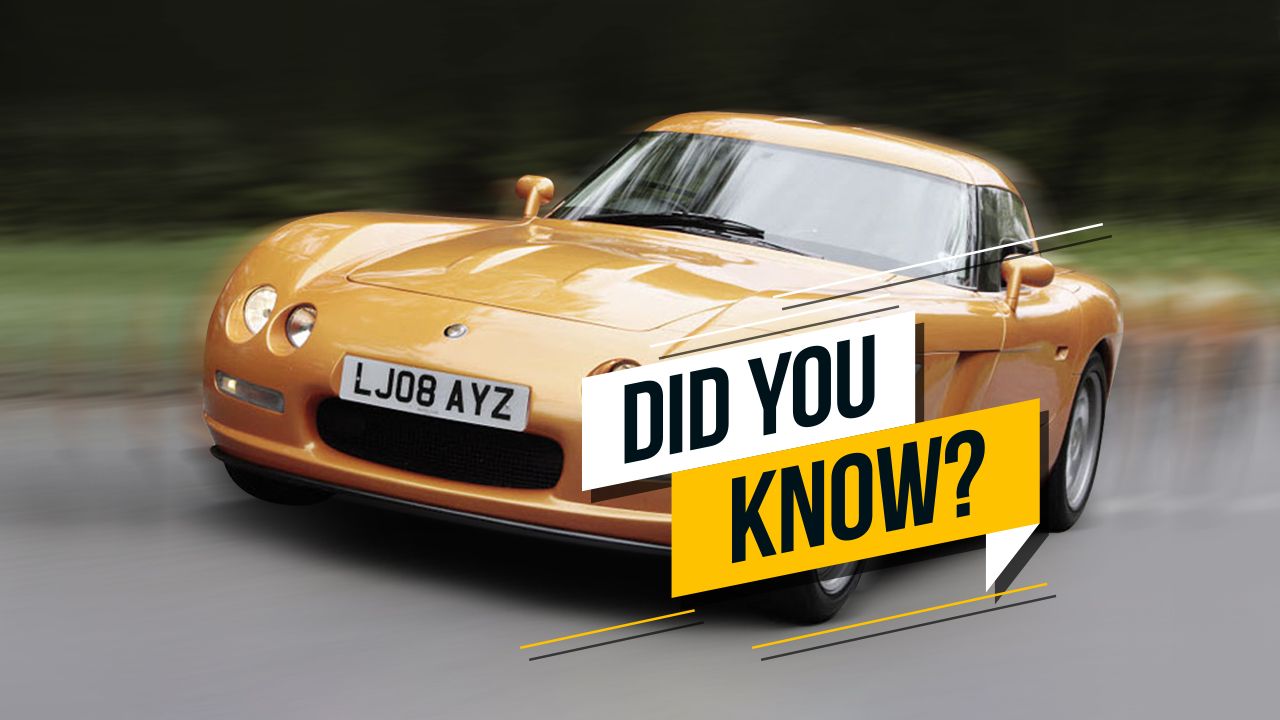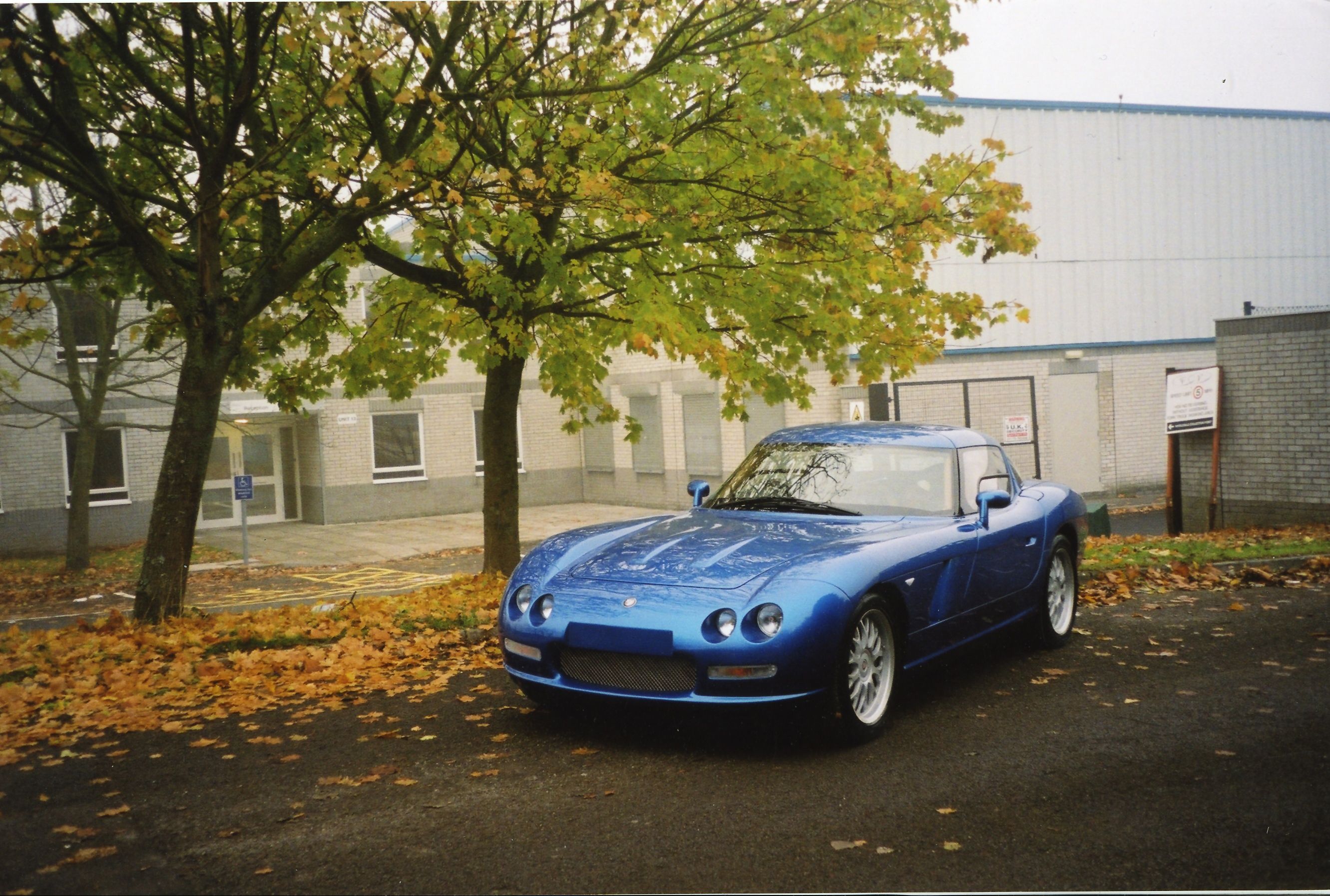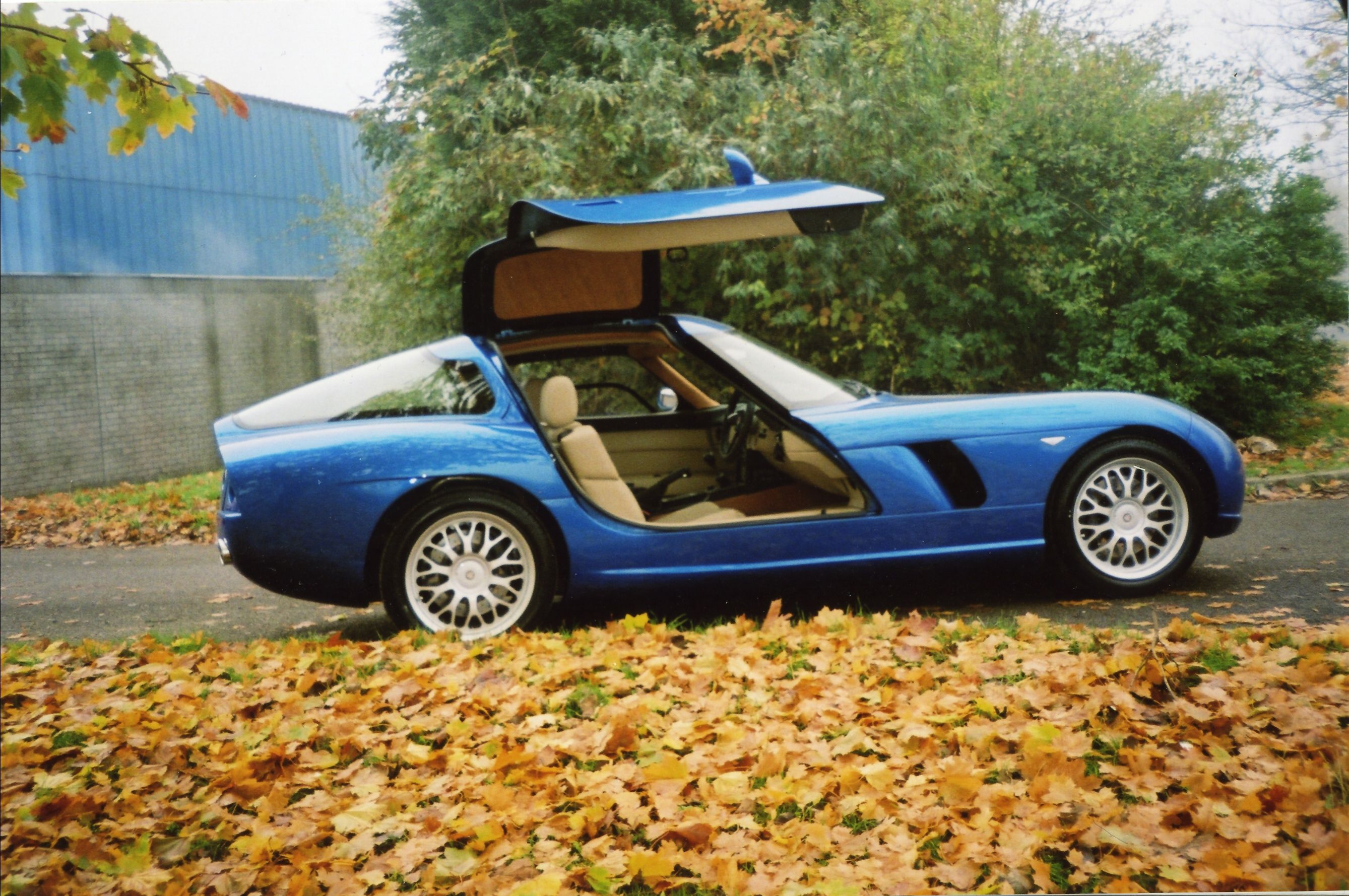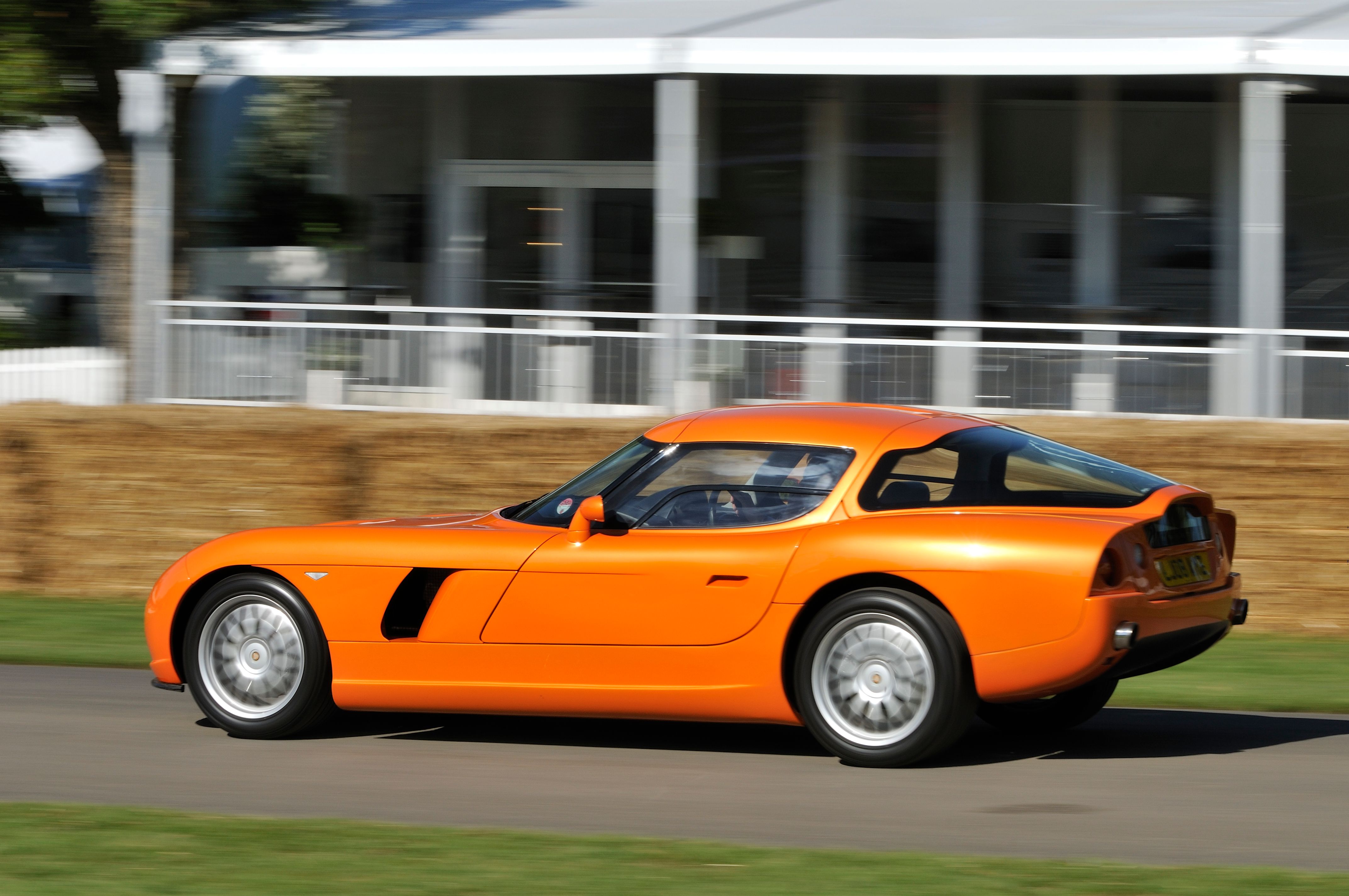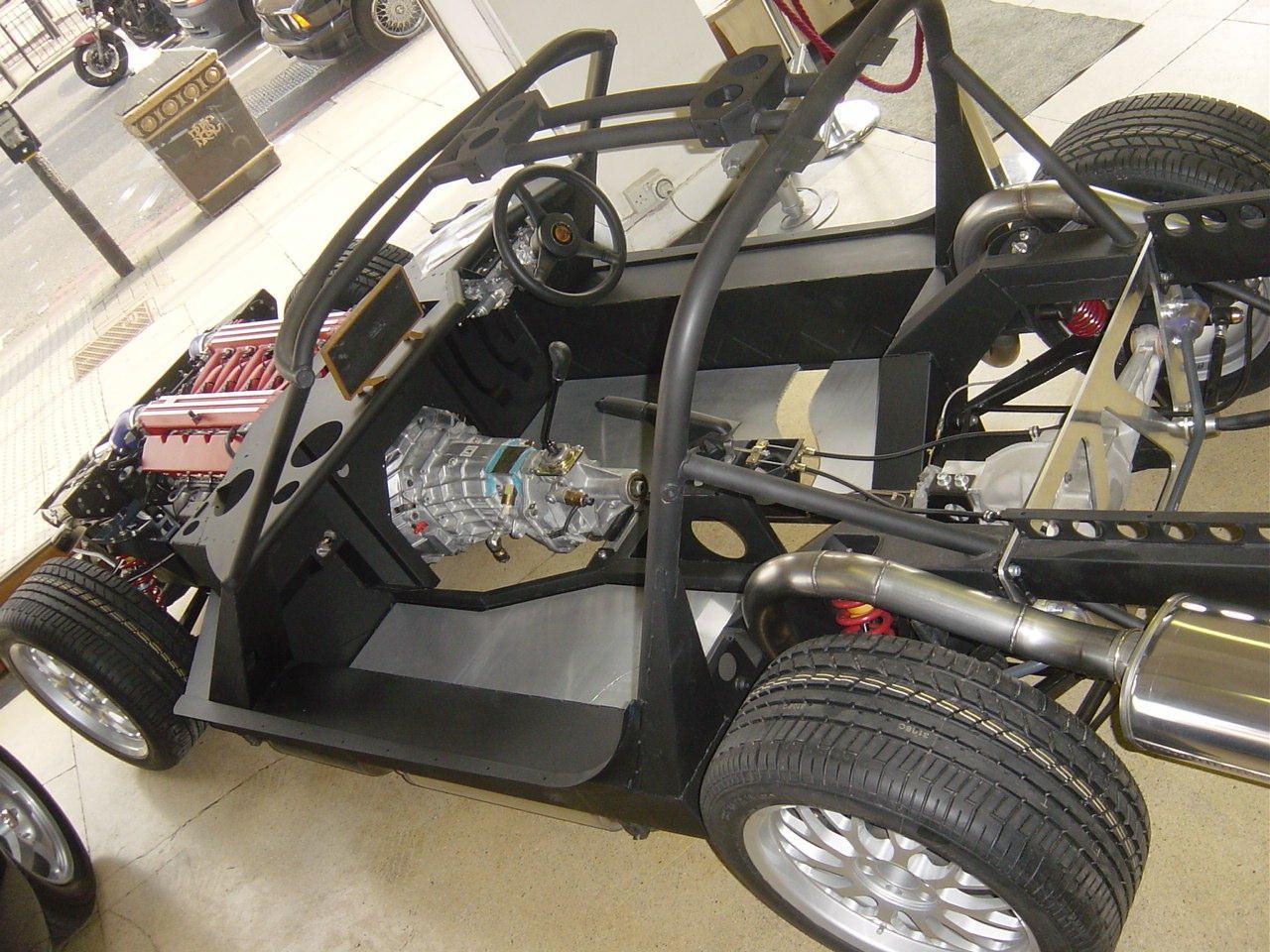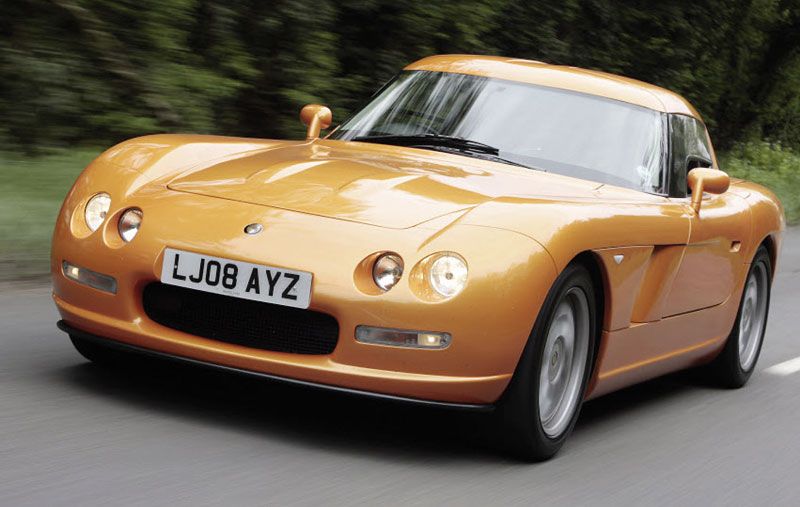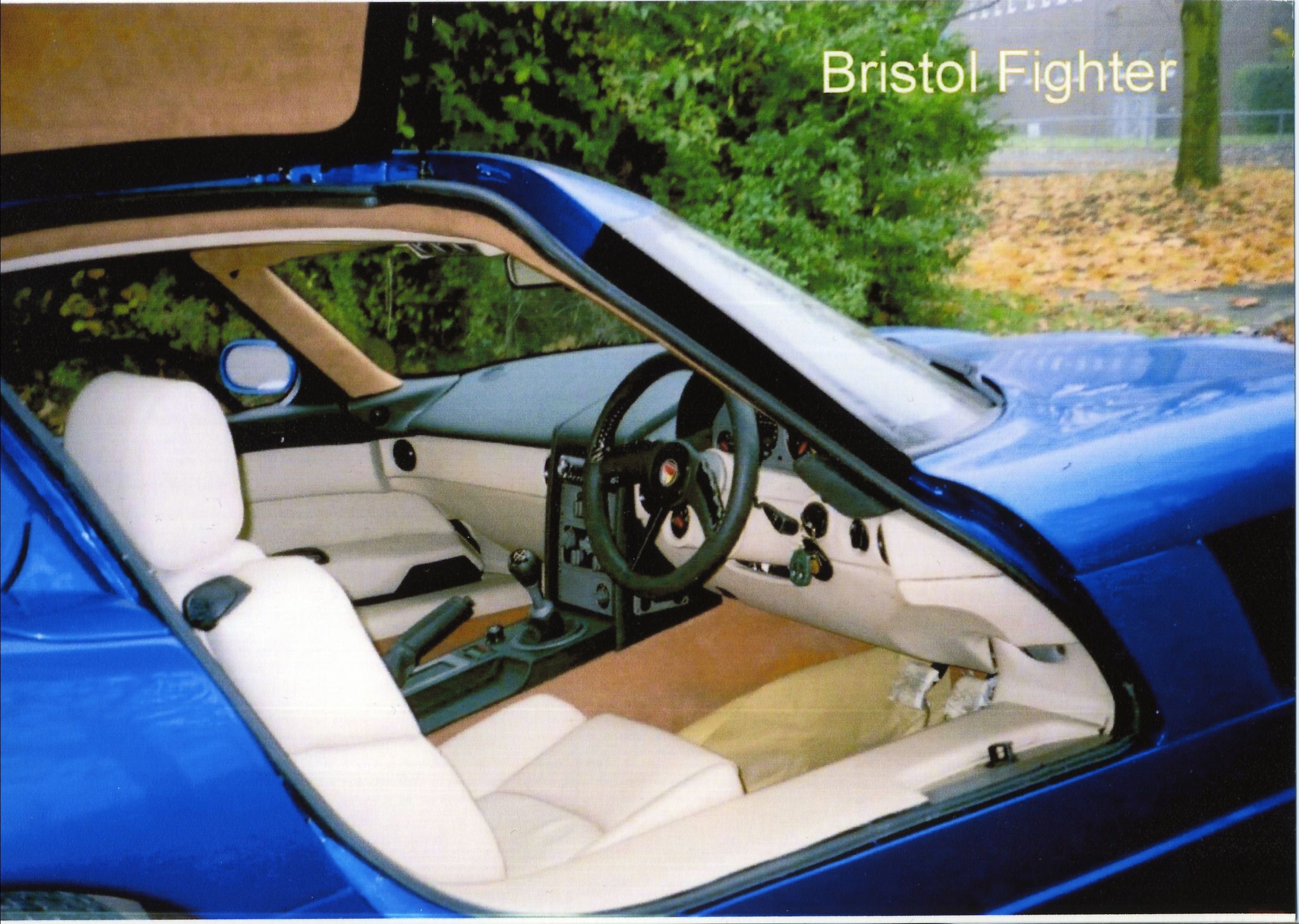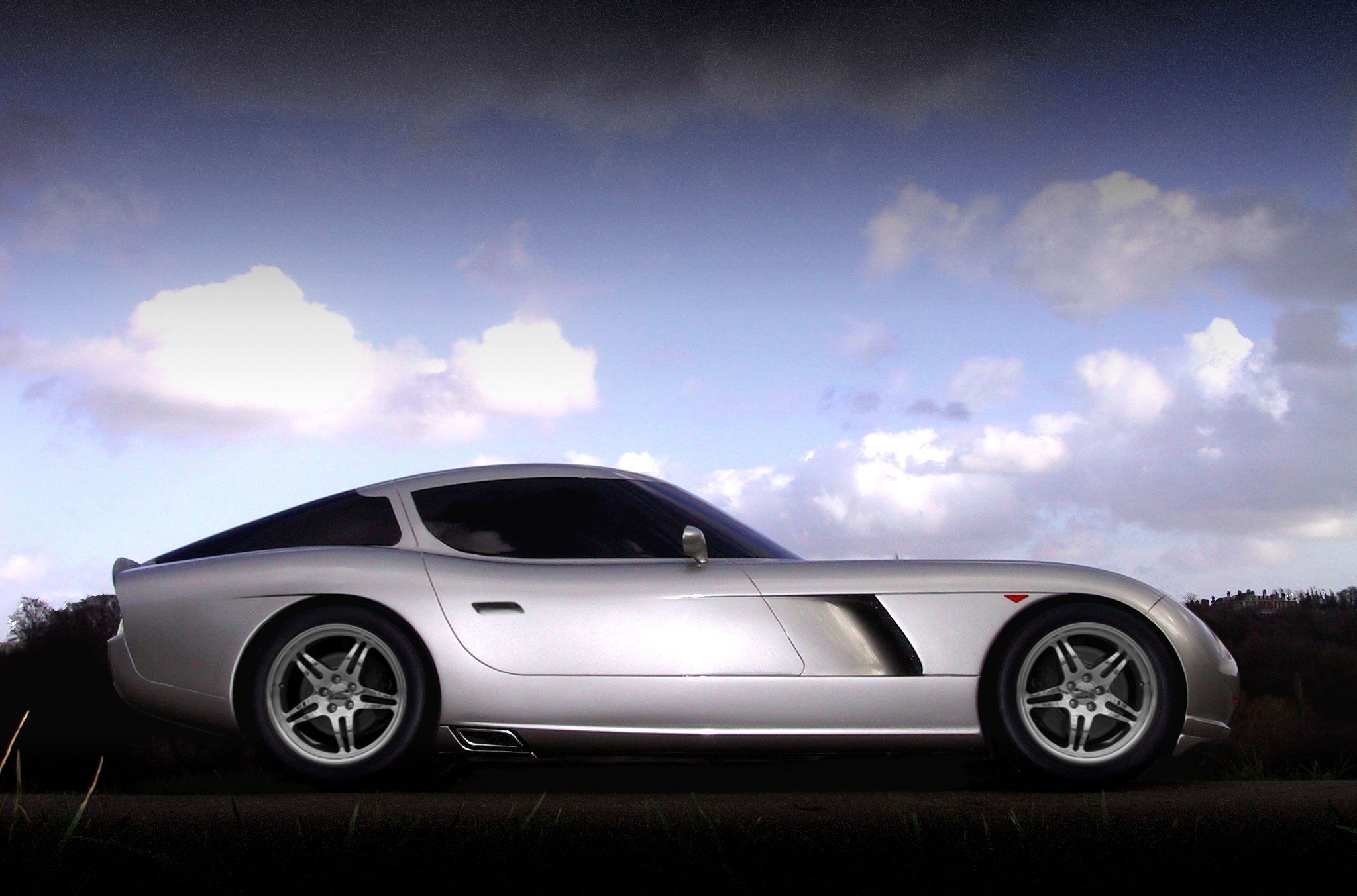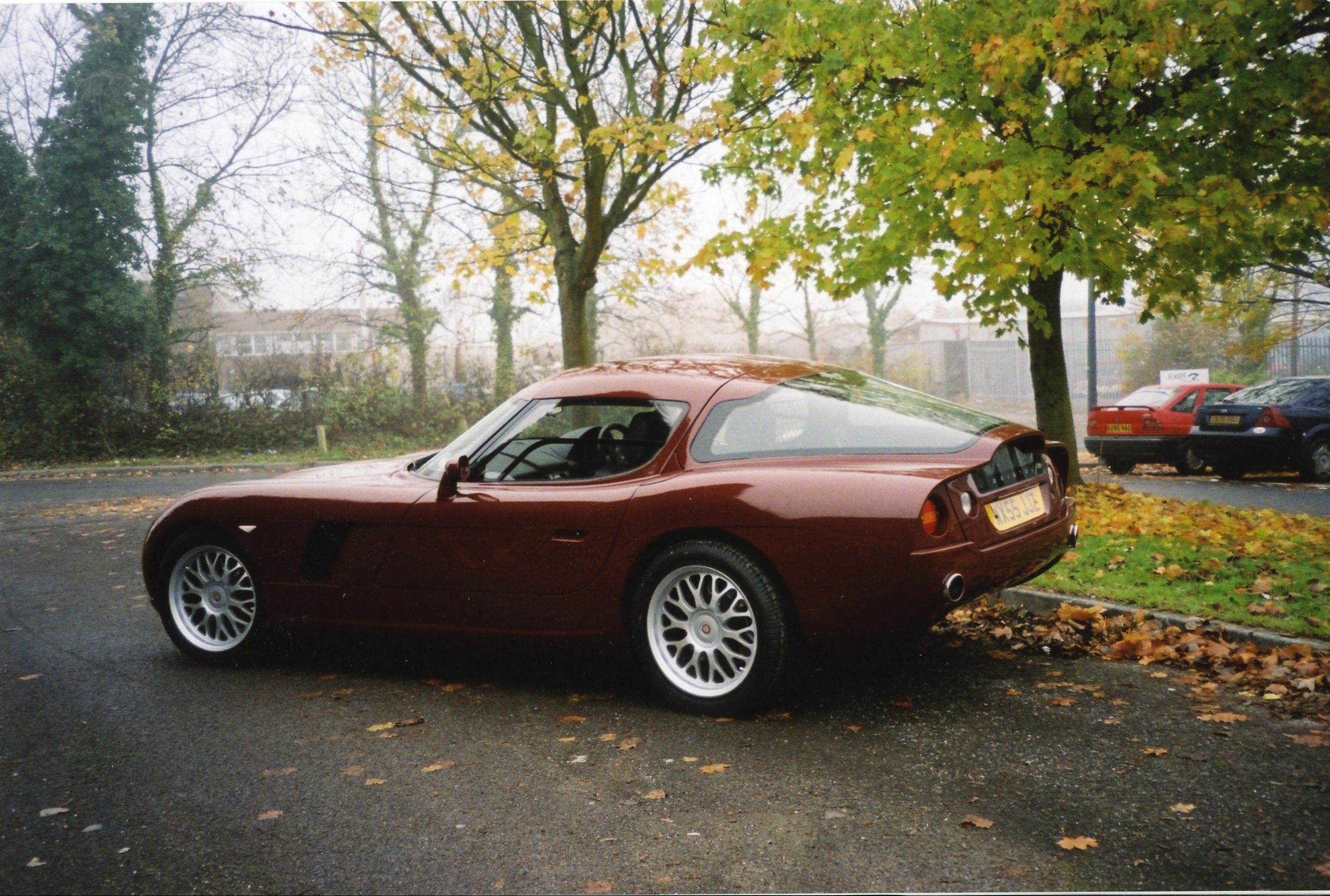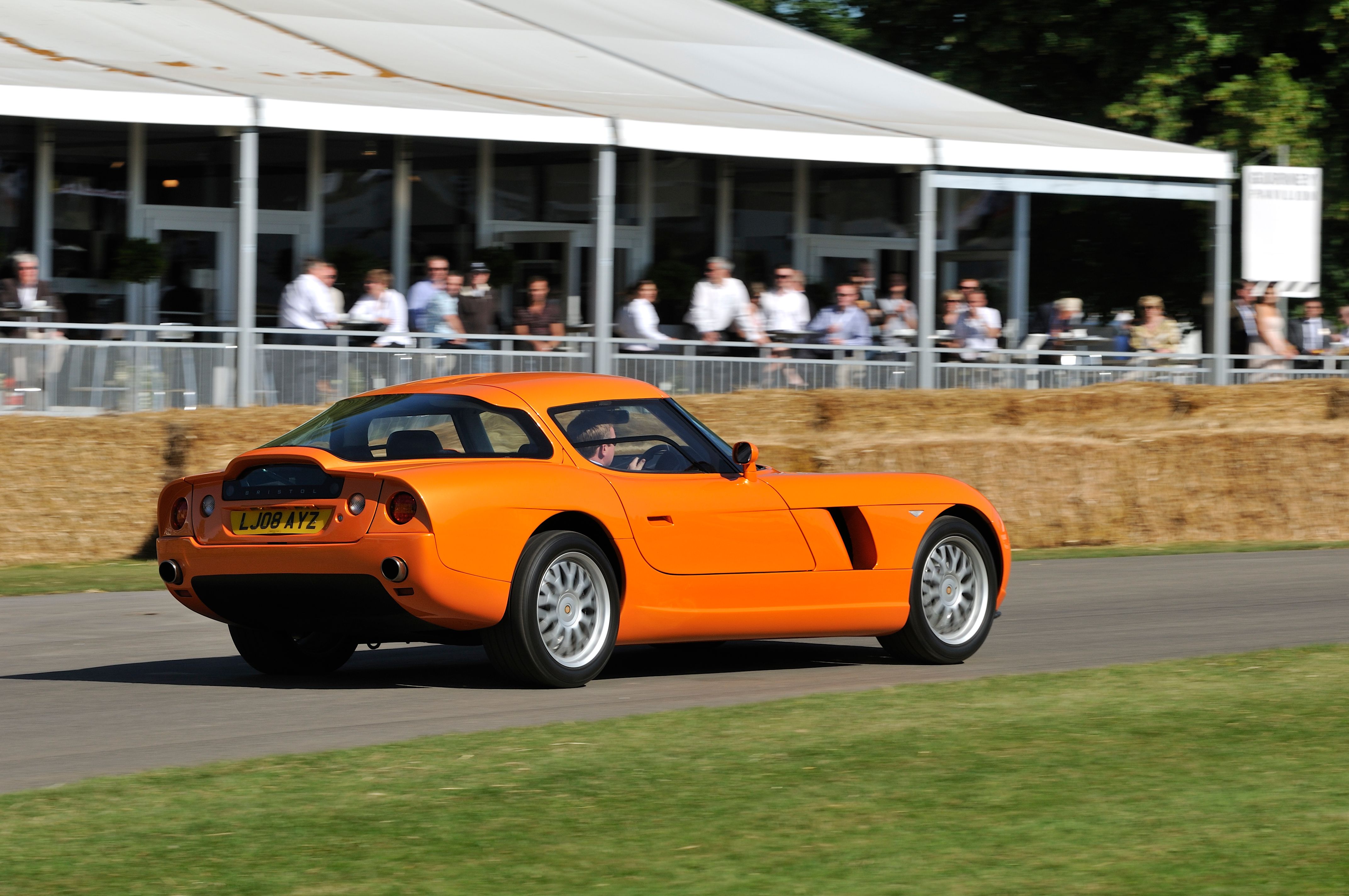The British automotive industry has spawned some great and not-so-great vehicles, some of which are more known than others. The Bristol Fighter was certainly one of the more obscure propositions, which is a shame as it comes from a storied British company that started as an airplane manufacturer. The Bristol Fighter has many interesting quirks and features as well as interesting facts surrounding it, and we are going to share them with you.
The last hurrah for Bristol Cars
Bristol cars can be separated into three generations. The first ones came around the 1940s and were based on various BMW models, usually the 326, 327, and 328. The second era of Bristol cars came in the 1970s when ownership of the British carmaker changed, and Bristol’s cars adopted a less elegant, boxy design, reminiscent of the Ford Capri. The third and last generation of Bristol cars came in the form of the 2004 to 2011 Bristol Fighter. In 2020, Bristol Cars closed down.
It looked like a 1990s Mercedes 300SL
The Bristol Fighter may have been conceived in 2004, but it looks like a 1990s Mercedes 300SL successor that Mercedes never made, similar to how they never made the at idle, the engine makes 350 pound-feet (475 Nm) The Fighter’s long bonnet and bullet-shaped fascia accommodate quad-headlights, similar to what the Mercedes cars had in the 1990s and early 2000s.
The rear-end design was a mix of Alfa Romeo TZ and Lamborghini Espada
JayEmm made this remark about the Bristol Fighter while presenting it. The much smaller Honda S2000 was 68.9 inches wide, while the Bristol Fighter measured 70.67 inches (1,795 mm) in width.
You can put fuel in it from either side
At one point, Bristol Cars started sourcing its engines from Chrysler. Like many other British carmakers, Bristol used Chrysler’s V-8 engines, but the Fighter took things further. It was powered by the 8.0-liter V-10 pushrod mill from the Dodge Viper. In the British coupe, the massive engine produced 525 horsepower at 5,200 RPM and 525 pound-feet (712 Nm) at 4,200 RPM. Coupled with a six-speed manual, the V-10 allowed the Fighter to sprint to 60 mph (97 km/h) in 4.0 seconds, on to a top speed of 210 mph (338 km/h).
All 13 cars still survive
The Bristol Fighter T featured a turbocharged version of the same V-10 engine, producing over 1,000 horsepower and 1,000 pound-feet (1,356 Nm). The same engine was to be used in the GT2 variant of which only a single unit was produced, which wasn’t even fully assembled.
A few continuation cars are on the way
Max Boston was the man behind the development of the Fighter. He has a few successful racing cars on his resume. The Fighter sat on a bespoke, steel box-section chassis with integrated roll-hoops. The suspension was a double-wishbone setup, both at the front and rear. Composite aluminum and carbon fiber were used for the body.
Luxurious interior with a TVR design feature
The Bristol Fighter might have been a seriously-quick supercar, but it also wanted to be a grand tourer. What makes this obvious is the snug yet luxurious interior of the British coupe with seats that look like they came out of a 1990s S-Class.
One of the bizarre features of the car is that in addition to the driver instrument cluster, there are two more gauges positioned under the steering wheel – one for the oil temperature and one for the fuel pressure (for some reason). The only other place where you can see gauges positioned under the steering wheel is on models from the TVR brand.
Airplane-inspired steering wheel
Bristol started out as an airplane manufacturer during WW1 and WW2. Since Bristol Cars were founded, every model of the brand featured a similar design for the steering wheel. The centerpiece of the three-spoke steering wheel was designed to resemble the yoke on an airplane, harkening back to the company's glorious heritage of conquering the skies.
Gullwing doors with safety in mind
The gullwing doors on the Bristol Fighter are another design trait that is associated with the Mercedes 300 SL and a few Mercedes concepts, for that matter. In case the car rolls over, Bristol Fighter’s gullwing doors are specially designed to bend in order to allow for an exit. The Bristol Fighter also comes as standard with the short-people kit, which is a strap that hangs from the door that allows you to grab onto it and pull the door in order to close it.
It’s a car that wants to hang you
One thing that doesn’t seem to have been thought through, however, is the seat belt. Because of its weird, higher-than-usual positioning, the seatbelt goes, not across your torso, but across your neck. As James from JayEmm explains that the seatbelt's position is "ensuring that you will, most definitely, die".
The first ever engine hours-meter
Another quirky feature of the Bristol Fighter is the top-mounted gauges, positioned on the roof. There are three of them – a clock, an outside temperature meter, and an engine hours meter, the latter of which is a first for a road-going car.
The Bristol Fighter was capable of 270 mph (430 km/h)
This, however, referred to the Fighter T, which was never produced. Its turbocharged V-10 produced 1,012 horsepower at 5,600 RPM and 1,036 pound-feet (1,405 Nm) at 4,500 RPM. For safety reasons, the top speed would be limited to 225 mph (362 km/h). The Fighter T managed to lower the drag coefficient from 0.28 to 0.27. No production models were ever made.
It, probably, makes more low-end torque than your car
The Viper V-10 engine is known for one thing – massive, low-end torque. After all, it was based on the Dodge LA V-8 engine which was put to use in a light truck. After everything that was done to it, the only feature the new V-10 had in common with its V-8 truck engine roots was the 90-degree angle. In the Bristol Fighter, the 8.0-liter V-10 was revised so it put out 525 horsepower and 525 pound-feet (712 Nm), but what you didn’t know is that at idle, the engine makes 350 pound-feet (475 Nm).
The rear-end design was a mix of Alfa Romeo TZ and Lamborghini Espada
The Bristol Fighter had a surprising amount of storage space which can be seen through the rear glass. The greenhouse has a design very similar to the classic Alfa Romeo TZ, more specifically the TZ2 model, which had a single-piece rear glass section. The luggage area also features a little window at the bottom, similar to that of the Lamborghini Espada and the much more recent Alfa Romeo TZ3 Corsa. The cargo area itself can be accessed through a switch on the roof-mounted console.
You can put fuel in it from either side
It’s a good thing since the big V-10 likes to drink. There is a fuel-filler cap on either side of the Bristol Fighter, positioned just behind the doors. Like the trunk release, the fuel filler caps can be opened from the switches located on the roof-mounted console.
All 13 cars still survive
The Bristol Fighter may have been produced in very low quantities, but all of the cars, sold are still fully operational and are being driven. Moreover, their value hasn't really gone anywhere, as a used Bristol Fighter will still set you back over £200,000.
A few continuation cars are on the way
In 2020, SLG Hackett bought the remaining Bristol Fighter inventory along with all the manufacturing rights. This means that not only will there be a place where Fighters will be allowed to “keep up the fight”, but there will also be a few more Fighters produced. At least six more Bristol Fighters are scheduled to be produced, two of which are almost complete at the time of writing this. The new owner even has all the bits needed to assemble the GT2 racing version, which was meant to get the turbocharged, 1000-horsepower V-10 engine.

